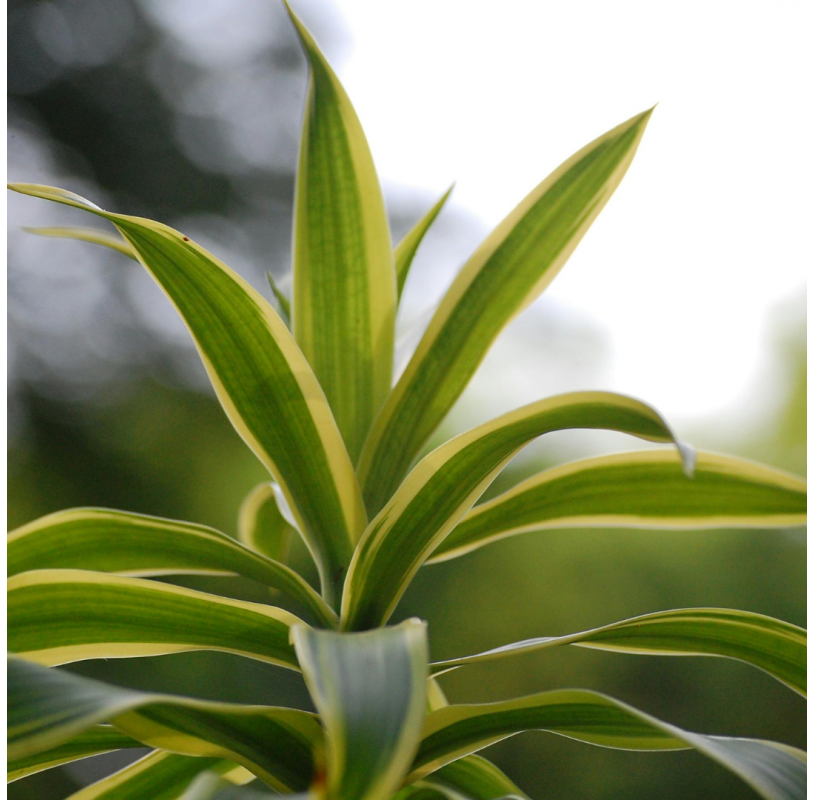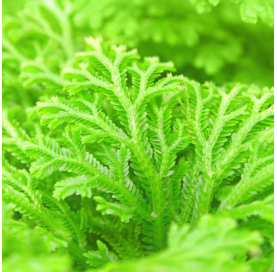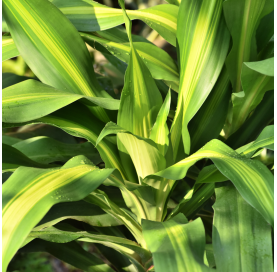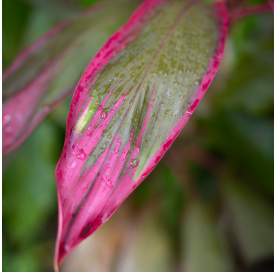Dracaena deremensis
Dracaena deremensis is a hardy and low-maintenance indoor plant known for its long, elegant leaves. Native to tropical Africa, it thrives in low-light spaces and helps improve air quality. It requires moderate watering, well-draining soil, and occasional pruning to remove dry leaves.
 Encrypted payments for greater security
Encrypted payments for greater security
To reduce the plant's time in transit, shipments are made from Monday to Wednesday.


Shipping only to mainland Spain and mainland Portugal
Dracaena deremensis
Description
Dracaena deremensis is a slow-growing, perennial plant known for its long, narrow, lance-shaped leaves that are deep green, sometimes with cream or white variegation depending on the variety. It has an elegant, upright growth habit, with slender stems that can reach up to 1.5 meters (5 feet) indoors. Its resilience and low-maintenance nature make it a popular choice for interior decoration.
Origin and History
Native to tropical Africa, particularly Tanzania and Zambia, Dracaena deremensis belongs to the Asparagaceae family. Its ability to thrive in low-light conditions and improve air quality has made it one of the most widely used plants in homes and offices.
Fun Fact
NASA included Dracaena deremensis in its Clean Air Study, recognizing its ability to remove toxins such as benzene, formaldehyde, and trichloroethylene from indoor air.
Care
- Location: Prefers indirect light or partial shade. It tolerates low-light conditions but grows more slowly.
- Temperature: Ideal range is between 18°C and 25°C (64°F–77°F), avoiding prolonged exposure to temperatures below 10°C (50°F).
- Soil: Light, well-draining soil with good organic content. Mixing peat with perlite helps improve aeration.
- Fertilization: Apply a balanced liquid fertilizer every 4–6 weeks during spring and summer.
Watering
Water moderately, allowing the soil to dry out between waterings. In winter, reduce watering frequency. Avoid overwatering, as it can cause root rot.
Pruning
- Does not require frequent pruning, but removing dry or yellowing leaves helps maintain its appearance.
- If the plant grows too tall, stems can be cut back, and the cuttings can be rooted in water or moist soil.
3 other products in the same category:
-
Selaginella€3.50
-
Dracaena indivisa€16.00
-
Cordyline fruticosa€10.50
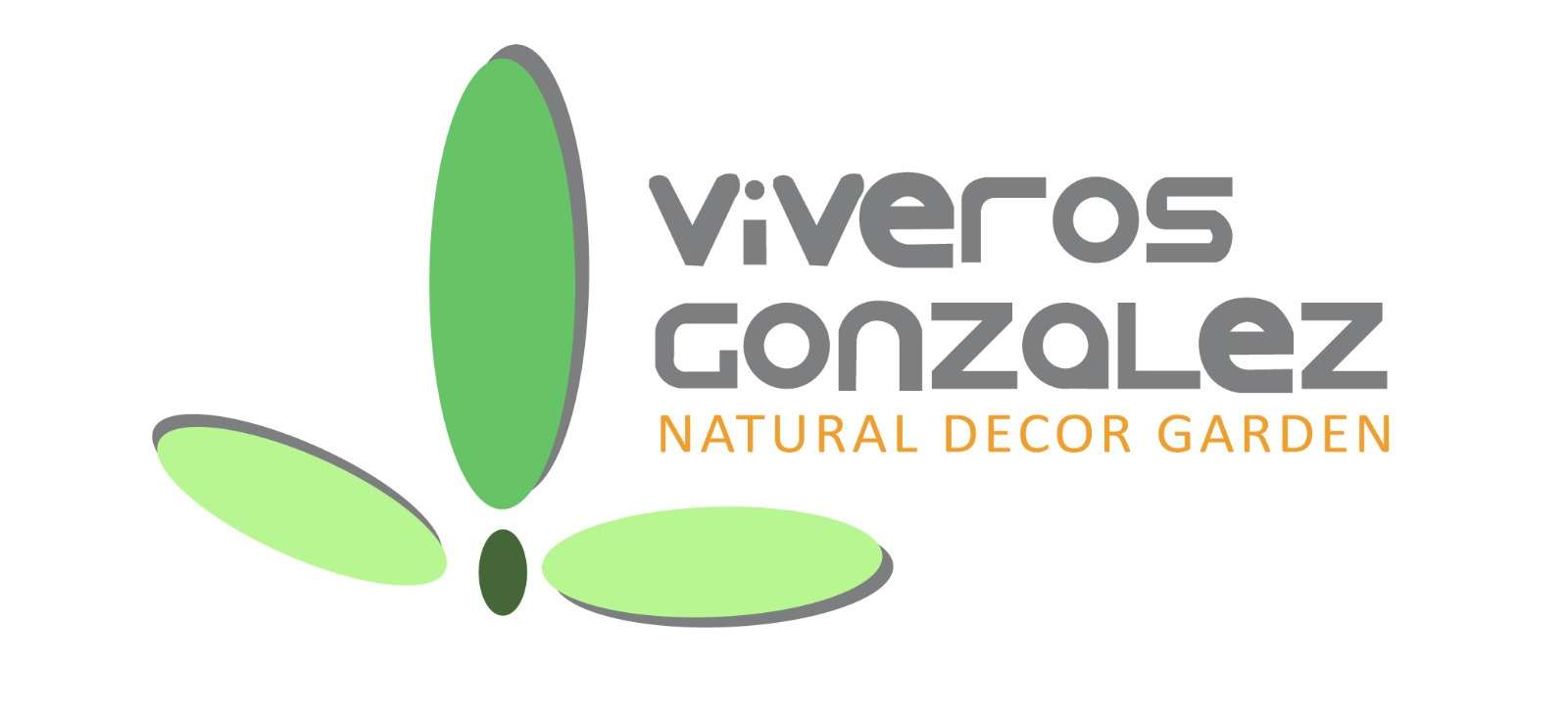
 English
English Spanish
Spanish